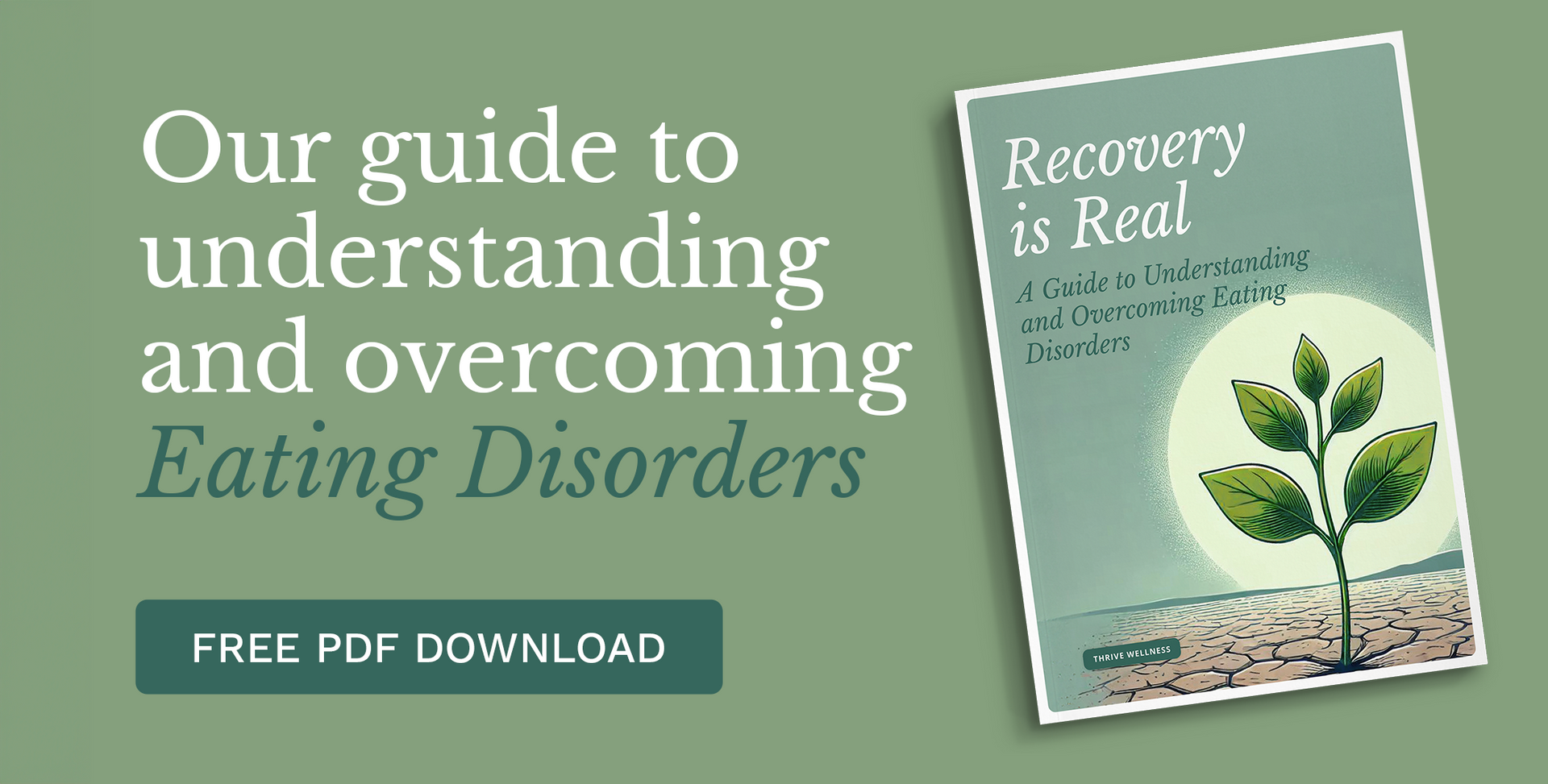15 Affirmations for Body Neutrality

Affirmations are a simple yet powerful tool to support your overall health and foster positive changes in your thoughts and actions. Affirmations can transform your subconscious thoughts, reduce stress, and build confidence. When repeated regularly, they can shift the way you relate to yourself, encouraging self-compassion and self-acceptance. This can be especially helpful when practicing body neutrality, a philosophy that allows you to accept your body without judgment.
What is Body Neutrality?
Body neutrality is a movement that promotes acceptance of the body free from any positive or negative judgments. Unlike body positivity, which emphasizes the need to love and celebrate your body, body neutrality encourages a more neutral stance, focusing on making peace with your body as it is. This approach allows individuals to stop placing value on their appearance and instead focus on the body’s function and overall well-being.
For many people, body neutrality can feel more attainable than body positivity. If you’ve struggled with negative body image or have a history of disordered eating, the pressure to always love your body might feel overwhelming. But body neutrality emphasizes accepting your body without the pressure to either love or change it. It's about learning to coexist with your body and shifting your focus toward how you feel, how you function, and what your body does for you each day.
15 Affirmations for Body Neutrality
Affirmations can help reinforce the principles of body neutrality. Try incorporating the following affirmations into your daily routine to promote body acceptance and respect:
I accept my body exactly as it is right now.
I am more than just my appearance, weight, and shape.
I am a worthy and lovable person.
It's okay for my body image to change throughout my life.
I respect my body.
I deserve to eat when I am hungry.
I am grateful to have a body.
I appreciate my body and what it does for me.
My body is the least interesting thing about me.
My body works hard and deserves compassion.
My body deserves to be taken care of.
My value has nothing to do with my appearance or weight.
I will allow myself to rest when my body needs it.
Bodies come in different shapes and sizes.
I view my body without judgment.
How to Use These Affirmations
There are several ways to practice affirmations that can enhance their impact on your mental health and body image. You may want to try a variety of methods to see which resonates with you:
- Say your affirmations out loud: Speaking affirmations aloud can help reinforce them in your mind and bring more clarity to your thoughts.
- Write your affirmations down: Journaling affirmations can be a calming practice that lets you reflect on their meaning and impact.
- Practice affirmations in front of a mirror: Saying affirmations while looking at yourself can make them more powerful and help you build a more compassionate relationship with your reflection.
- Listen to recorded affirmations: Whether it’s your own voice or a guided affirmation meditation, hearing affirmations can further embed them in your subconscious.
- Meditate on your affirmations: Combine affirmations with meditation to calm your mind and ground yourself in positive thinking.
Using affirmations regularly can be a great first step toward body acceptance, but it’s just one tool in a larger toolkit for healing. Other philosophies that we embrace at Thrive Wellness include the Health at Every Size (HAES) approach, which promotes well-being and health without focusing on weight, and the All Foods Fit philosophy, which encourages a balanced, non-restrictive approach to food.
Find Support at Thrive Wellness
If you're struggling with negative body image or disordered eating, you don’t have to go through it alone. Thrive Wellness is here to support you in your journey toward body acceptance, health, and healing. We offer a range of services designed to help you develop a healthier relationship with food and your body. Reach out today to start your journey to wellness.
Other philosophies that we embrace at Thrive Wellness include the
Health at Every Size philosophy and the
All Foods Fit philosophy.
If you are struggling with negative body image or disordered eating, Thrive Wellness is here for you. Reach out for
support today.









